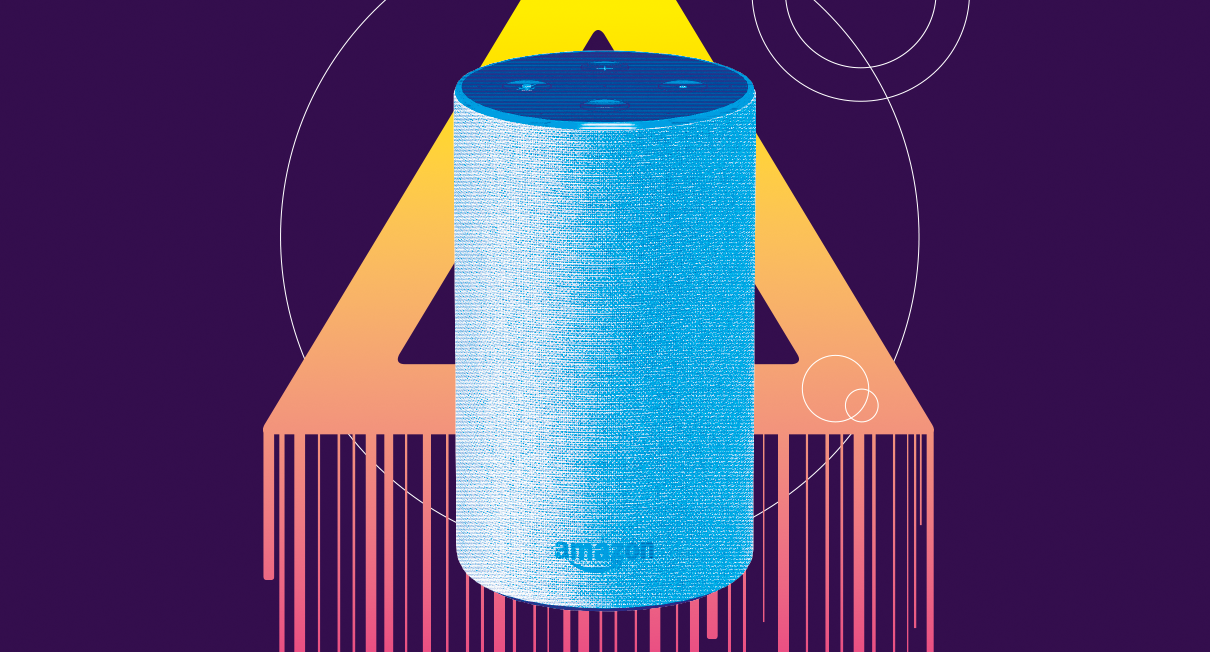Technology continues to transform industries. In just a short span of time, we have gone from visualizing futuristic gadgetry, to living out our science fiction dreams. Complex technologies such as artificial intelligence are no longer confined to computer labs, as it has crossed over to the mainstream, making its way into our homes.
The once apprehensive consumer market has welcomed this new technology, and has freed us from mundane, repetitive tasks. AI has truly altered the way we live our lives, and we will continue to witness its evolution and benefit from its application in the years to come.
AI Assistants
The idea of a smart home is quite novel. I remember back in school, I would daydream about a pen I could speak to. The pen would jot whatever I was saying down, sparing me the pain of a sore writing hand. While this particular kind of smart pen hasn’t quite materialized, this musing has remotely become a reality through virtual assistants.
The intelligent virtual assistant is the poster child of AI application in the home. Its most common form is manifested in devices like Amazon’s Echo, or Google Home. These wireless devices come in different shapes and sizes, and are built with any of the more developed virtual assistants: Alexa, Google Assistant, Siri, and Cortana. While speakers are mainly for audio playback, with the integration of a virtual assistant, they can be controlled by voice and can perform a variety of useful tasks when connected to compatible devices.
For consumers looking to getting a smart speaker, the market is flooded with choices. There are familiar options such as the aforementioned Amazon Echo, and Google Home, as well as Apple’s HomePod, but many audio and electronics companies have also ventured into the smart speaker market. JBL, Sony, Lenovo, Sonos, Harman Kardon, as well as a number of other brands have released outstanding wireless smart speakers and audio systems to state a claim in the immensely growing market.
Smart displays, or a touch panel with speakers and virtual assistant built-in, have also taken their share of the limelight in recent electronics shows—and for good reason. These displays are meant to occupy your countertop or nightstand, and serve as replacement to picture frames, alarm clocks, cookbooks, calendars, among others in that they perform those functions and more. With just a tap on the display, you can begin searching for recipes on video streaming sites, or switch appliances on or off. Smart displays available in the market include the Lenovo Smart Display, JBL Link View, LG XBOOM AI ThinQ WK9, Google Home Hub, Amazon Echo Spot, and more.
IoT Devices
While smart speakers can stand alone, using it just for hands free audio playback or answering calls fails to realize its full potential. This is where smart devices come in. Built with hardware that allows them to collect and exchange data, smart devices are among the things that make up the Internet of Things (IoT). In the simplest of terms, these are devices that can connect to the Internet.
To put things into perspective, think a refrigerator that can inform you of expiration dates, a coffee maker that brews on schedule, a light bulb you can dim, or change color, or an air-conditioner that turns on minutes before you enter the room. This is possible through smart hubs i.e. smart speakers and displays, through which commands are coursed. Usually, a supplementary app is used to manage the devices. These apps, let say for example for an air purifier/fan, feature simple controls such as power on and off, as well as more advanced utility like monitoring the air quality and filter state.
It might seem a lot to take in, but companies are keeping it simple by building their own smart ecosystems. Lenovo has a suite of smart home devices ranging from a smart display, light bulb, smart plug, smart wireless camera, and their Lenovo Link App to tie all these together. Apple has the HomeKit platform on which you can control your iPhone, iPad, HomePod, and other Apple devices. Interestingly, products within the ecosystems are not exclusive, and can be used alongside smart products of other brands. It’s a win for consumers.
Security in the IoT era
Devices collecting information and communicating them across the Internet may seem unsettling, but brands take information security very seriously, as their reputations are at stake. To prevent consumers’ personal data from falling into the hands of cyber thieves, most of these smart gadgets come built with safety features. It is also imperative for end users to be mindful of data they put on these devices and take the liberty of installing antivirus software. Security solutions now also come with features that keep smart home owners from being hacked.
AI has, in so many ways, revolutionized the home. And with machine learning allowing these devices to cope with user behaviours, better recognize commands, and get smarter, life is bound to be easier for us.

Also published in GADGETS MAGAZINE February 2019 Issue.
Words by Mia Carisse Barrientos
